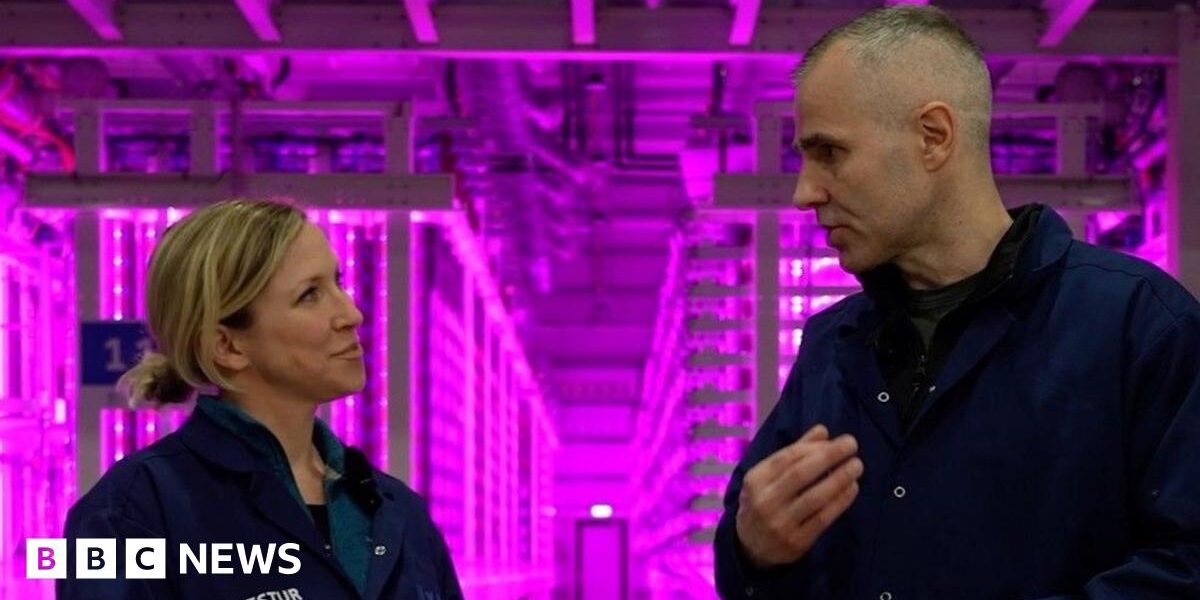Despite all the investment, there’s some way to go before micro-algae become an everyday part of our diet.
It still needs a lot of development, according to Mr Munch Smidt-Jensen.
He points out that the texture lacks firmness. Meanwhile the taste can be “fishy” if the algae is a saltwater variety.
“But there are ways of coming overcoming this,” he adds.
There’s also the societal question.
“Are people ready for it? How do we make it so that everyone wants to eat this?”
Malene Lihme Olsen, a food scientist at Copenhagen University who researches micro algae, says its nutritional value needs more research.
“Green microalgae [chlorella] have a very robust cell wall, so it can be difficult for us to digest and get all the nutrients,” she says.
For now she says microalgae is better added to other “carrier products” like pasta or bread to help with taste, texture and appearance.
However, Ms Olsen believes microalgae are a promising future food.
“If you compare one hectare of soy in Brazil, and imagine we had one hectare of algae field, you could produce 15 times more protein a year [from the algae].”





